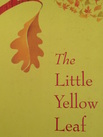
I decided that a good topic for the Fall Forum might be “trees” – how can we miss them? For us in New England, trees bring untold color and beauty in the fall and spring, shade and comfort in the summer, and beauty and promise in winter.
One of my favorite fall books (I must make a disclaimer here, I have lots and lots of favorites, as I’m sure you do, too!) is The Little Yellow Leaf by Carin Berger (N.Y.: Greenwillow, 2008). I find this book filled with a child’s wonder. What if…you were the very least leaf on a tree, out of how many thousands or more, and you just couldn’t let go. I loved to have children think about that. Would they have let go with all their friends, been the first? What would it feel like to be the very last? And then…how would you feel looking to another part of the tree and finding out that you weren’t alone. There’s another leaf, a red one, over there! “You’re here?” “I am.” “Like me!” “Will you?” “I will!”
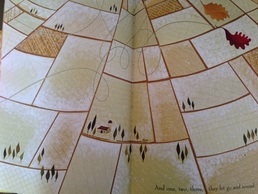
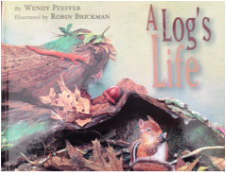
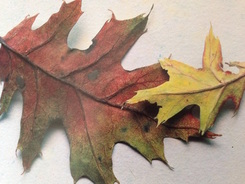
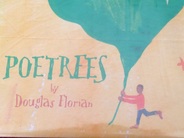
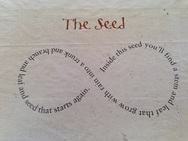
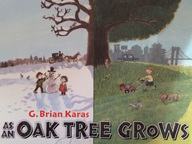
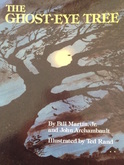
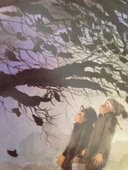
Char Sidell is a retired Library Teacher from the Needham Public Schools. Contact her at [email protected] to share ideas for this column.

